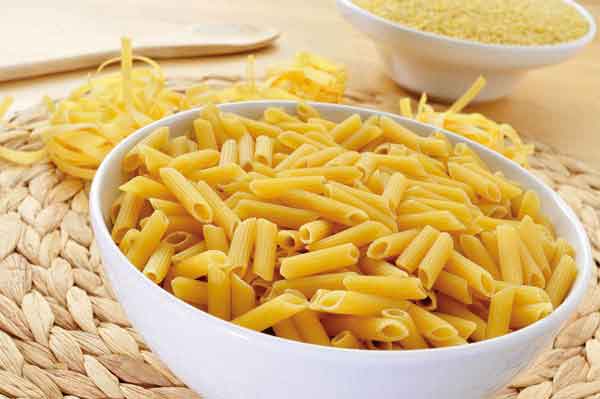
Outside of Italy, France has one of the highest penetrations of pasta use in Europe; with 97% of households eating pasta, compared to 90% in Germany and Spain, and 81% in the UK. These high penetration levels combined with frequent usage have helped drive the French pasta market to sales of 422,000 tonnes in 2010 and an average value CAGR of 3.8% over the last five years. Since 2006 there has been a steady increase in consumption levels ofpasta in France and per-capita consumption now stands at 6.7Kg per annum, an increase of almost 7% in the last five years.
Pasta is a regular dish for many French households and almost 9 in 10 (87%) of French adults claim to eat pasta, rice or noodles at least once a week. On a weekly basis only the over 55s show significantly lower use (78%).
However, among heavier users, who eat pasta more than once a week, consumption frequency declines with age. Usage is highest among young adults, with 61% of 16-24 year olds eating either daily or 2-3 times a week, compared to 49% overall. Frequency drops significantly for older consumers, with only a third of those aged 55+ eating at least 2-3 times per week.
Dry spaghetti is the most frequently eaten pasta among all age groups, eaten in 80% of households and accounting for 86% of volume sales in the French dry pasta market. Fresh pasta commands a significant price premium though and as such has a higher value share. In 2010, fresh pasta was worth €354 million, or just over a third of the total French pasta market.
This has helped make fresh the fastest growing sector of the French pasta market, with usage highest among younger adults. More than three in five adults aged 16 to 24 eat fresh pasta (62%), compared to 56% overall, and this age group is most likely to believe fresh pasta is of better quality than dry. Quality perceptions between fresh and dry pasta also vary by gender, with 60% of men likely to believe freshpasta is higher quality compared to just over half (51%) of all women.
The main driver for pasta’s popularity, particularly with younger consumers, is that it’s considered a cheap, relatively easy to prepare meal that is also healthy and nutritious. Around 93% of French 16- to 24-year-olds agree that pasta is a cheap meal solution, more than any other age group. More than eight out of 10 young adults consider pasta healthy and nutritious, while only a fifth (21%) claim to have difficulties cooking pasta to the correct texture.
Suppliers interested in flavour innovations or new pasta types should consider targeting their products to young adults as they also claim to be the most experimental in their cooking habits. The age group is most likely to enjoy experimenting with new flavours, with 45% of 16- to 24-year-olds agreeing with this statement compared to 36% overall. More than a third of 16- to 24-year-olds also claim to enjoy trying more exciting recipes.
Since January 2008, flavoured varieties have accounted for 42% of all new pasta launches in France. This is significantly higher than in other key European countries, with flavoured NPD only representing 29% of pastalaunches in Italy, 34% in the UK and 37% in Germany. Cheese is the most popular flavour in France, with a wide variety of types appearing on 20% of all new NPD. Also more French pasta innovations contain herbs than in other European markets. For example, basil is the third most frequently used flavour component in France, occurring in 6% of launches, compared to 2% in Germany and just 0.5% in Italy. (Source: Mintel Global Market Research)
